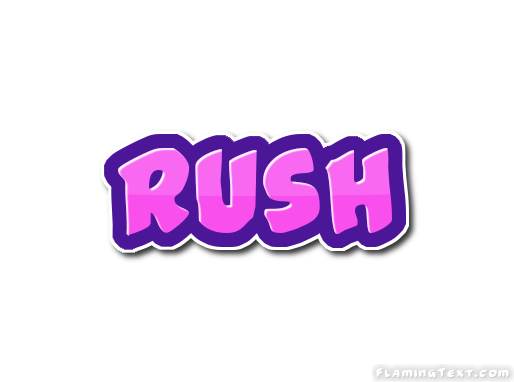

- #PREMIERE RUSH ADD LOGO HOW TO#
- #PREMIERE RUSH ADD LOGO DRIVERS#
- #PREMIERE RUSH ADD LOGO UPDATE#
- #PREMIERE RUSH ADD LOGO DRIVER#
#PREMIERE RUSH ADD LOGO DRIVERS#
Note: Windows will not always grab the most updated drivers available.
#PREMIERE RUSH ADD LOGO DRIVER#
#PREMIERE RUSH ADD LOGO UPDATE#
Right-Click tab and select Update Driver.From the menu items, select Display adapters, then select your audio device.From the Start menu, search for Device Manager -> Click Device Manager.We recommend automatic driver updates, to have your drivers processing data correctly or you can upgrade your drivers manually as well.

In Premier Rush, outdated drivers are known to cause strange rendering issues like blurry green, pink lines, and yellow screens. To get the most use from your GPU, its best to make sure that Drivers are updated (next section). The GPU will only process events it can handle, such as scaling (discussed in a section ahead), video rotations, or any other video effect that requires graphics processing. The GPU (Graphics Processing Unit) can assist the CPU and result in faster render times. Note: On the same menu, your Defragger can be scheduled to run automatically. Select Optimize and your computer will begin performing the defragmentation process.Search Start for Defragment and Optimize Drives.
#PREMIERE RUSH ADD LOGO HOW TO#
Here’s how to defragment your hard drive: Disk Defragmentation pulls system files to the same area for faster retrieval. If you are working with one drive, and it is not solid state, defragmenting your hard drive would probably be best for higher transfer gains. A second option, RAID arrays, are second to best and use multiple hard drives to retrieve and store different sections of the same file, which allows them to pull data more quickly. A Solid-State Drive (SSD) has no moving parts and can access data the quickest. It takes time for your computer to access and transfer data, and a slow drive will significantly reduce your render speed. If your render rate is still slow, you might consider upgrading your hard drive. Your Hard Drive Might Be Slowing You Down Click the task manager Processing tab to get a feel for the applications that are using more processing power. Note: Instead of Processing Power, inactive applications often use more RAM.


 0 kommentar(er)
0 kommentar(er)
